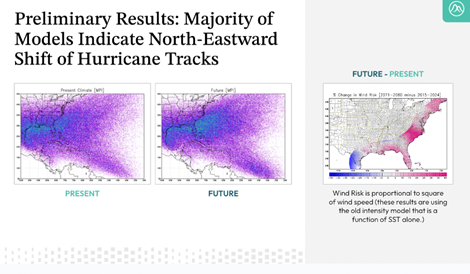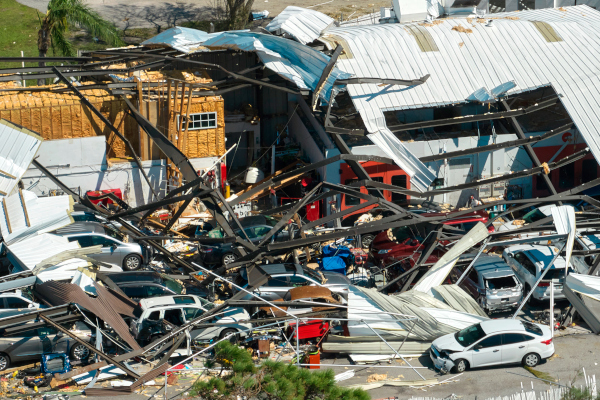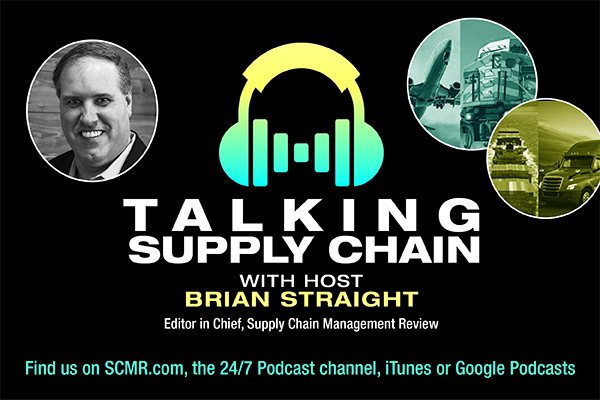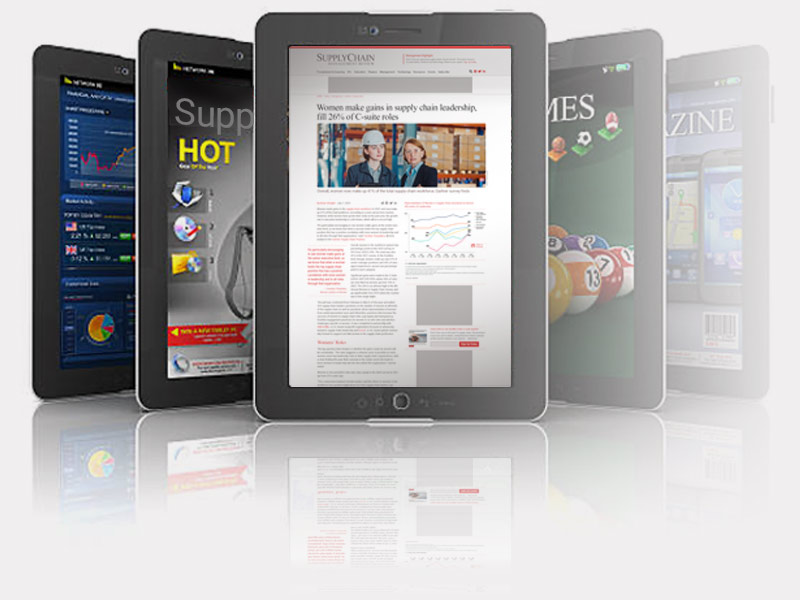We live in a rapidly transforming world where changes are happening at an unprecedented pace. Landscapes are altering, ecosystems are fracturing, and our global economy’s stability is being tested as environmental shifts cause disruptions in our intricate, interconnected supply chains. We are at a tipping point, and it’s time for strategic, forward-thinking action.
Extreme weather events that were once considered anomalies are now becoming part of our daily lives. Floods, droughts, unseasonal temperature shifts, and unprecedented heatwaves causing devastating wildfires are no longer rare phenomena. These regular occurrences demand that we adapt and prepare for climatic shifts that impact every sector, from construction and manufacturing to transportation and logistics. Effects are particularly devastating on agriculture, with decreasing crop yields, unreliable harvests, and surging prices starting to ripple through the global economy.
To navigate this new and unpredictable reality, businesses must adopt a proactive rather than reactive stance. By understanding and anticipating these dynamic shifts, we can minimize potential disruptions. Companies need to leverage available tools to gain the critical insights they need in this rapidly evolving landscape — especially advanced technologies such as artificial intelligence (AI) and machine learning. These can be our key to successfully navigating the literal storm.
Artificial intelligence for real business insights
Harnessing data-driven insights and employing AI-powered platforms are crucial steps for businesses to assess their vulnerability to these climatic shifts. These tools offer a comprehensive understanding of changing climatic dynamics and provide accurate forecasts. Additionally, these platforms offer scenario modeling that helps organizations strategize, anticipate potential disruptions, and construct robust response strategies. Such information empowers businesses with the knowledge they need to build resilience into their operations.
However, organizations also need to develop and implement comprehensive climate resilience strategies. These strategies need to take a holistic view of the supply chain. They could include diversifying sourcing locations, investing in climate-resistant infrastructure, and adjusting storage and distribution methods to be more adaptive.
Individual businesses alone cannot bear the responsibility of building resilience into our supply chains. The impacts of climate change are felt across all sectors, industries, and geographical boundaries, requiring a collective, cooperative response. By fostering partnerships and collaborations across sectors, pooling resources, knowledge, and capabilities, we can significantly enhance the robustness of our supply chains.
At this critical juncture, climate change necessitates a fundamental rethinking of operational paradigms, particularly within supply chain management.
Three critical steps to bulletproofing your business supply chain
1. Harness data-driven climate insights: Advanced climate technologies that leverage artificial intelligence and machine learning can provide predictive insights about climate change impacts. These insights support data-driven decisions for organizations, helping to anticipate potential disruptions and to devise strategies to minimize their effects. This includes scenario modeling, forecasting tools, and real-time tracking to understand potential risks and respond appropriately.
2. Build climate-resilient supply chains: Focus on building resilience into the supply chain by diversifying sourcing locations to reduce risk exposure, investing in climate-resilient infrastructure, and developing storage and distribution methods that adapt to changing conditions. Regular audits and reviews can also help identify vulnerabilities, develop contingencies, and allow for continuous improvements.
3. Foster cross-sector collaboration: Given the broad impacts of climate change, partnerships across sectors and industries can be instrumental in pooling resources, sharing knowledge, and enhancing resilience. Collaboration allows for sharing best practices, innovative solutions, optimized logistics, and collective lobbying for supportive policies and resources. By working together, companies can more effectively respond to the challenges posed by climate change and ensure the continuity and resilience of their operations.
Case study: Climate technology for hurricane season
Consider one of the most common extreme weather events: Hurricanes. These storms can cause dramatic spikes in demand for certain products at short notice, complicating even the best-laid plans.
In the near-term, AI-powered predictions can enhance the decision-making process for logistics during hurricanes, encompassing timely deliveries of your company’s goods and ensuring prompt delivery from suppliers. By examining past data, supply chain configurations, and external variables, AI algorithms can pinpoint vulnerabilities and areas of weakness within the supply chains. Even if a company’s operations won’t be affected directly during a hurricane, a key supplier or a key port that they rely upon might.
In the long term, climate technology can enable more resilient strategic plans and operations. For instance, climate technology has revealed an emerging trend of alteration in hurricane paths. With the increased frequency of hurricanes, there’s a noted shift in paths tracking further to the northeast. For the unprepared, this adds yet another layer of complexity to supply chain management.

This shift in hurricane paths has profound implications. In the past 50 years, the U.S. has been hit by nine category 4 and 5 hurricanes, six of which have been in the last six years. Most recently, in 2022, Hurricane Ian veered from its expected path and caused widespread disruption in Florida, with economic damages estimated between $100 to $120 billion. This is a stark reminder of the scenarios we may increasingly face.
Resilience in the face of climate change is no longer just an option—it’s an absolute necessity. We must rise to this challenge, turning potential perils into opportunities for innovation, collaboration, and preparedness. The time to safeguard our supply chains, our businesses, and our future is now. Together, we can weather this storm and build a resilient future.
About the author:
Vikram Srinivasan is head of product at ClimateAi, an enterprise climate planning company that utilizes artificial intelligence to model climate-related risk for businesses.
SC
MR


More Artificial Intelligence
- Early bird pricing expires soon for NextGen Supply Chain Conference registration
- Innovations in last-mile delivery and their strategic impact
- 6 Questions With … Steve Johanson
- The disconnect between procurement budgets and efficiency
- Squint named NextGen Supply Chain Conference Start-Up Award winner
- Keynotes from Procter & Gamble, Johnson & Johnson & Whirlpool execs highlight NextGen conference agenda
- More Artificial Intelligence
Latest Resources

 Explore
Explore
Topics
Business Management News
- Early bird pricing expires soon for NextGen Supply Chain Conference registration
- A $125M Portland project seeks to revitalize a historic community, U.S. manufacturing
- Innovations in last-mile delivery and their strategic impact
- Embrace resistance for greater success with change management
- Canada Industrial Relations Board orders binding arbitration, halting potential rail strike
- Delivery costs continue to drive shopper preferences
- More Business Management
Latest Business Management Resources

Subscribe

Supply Chain Management Review delivers the best industry content.

Editors’ Picks




